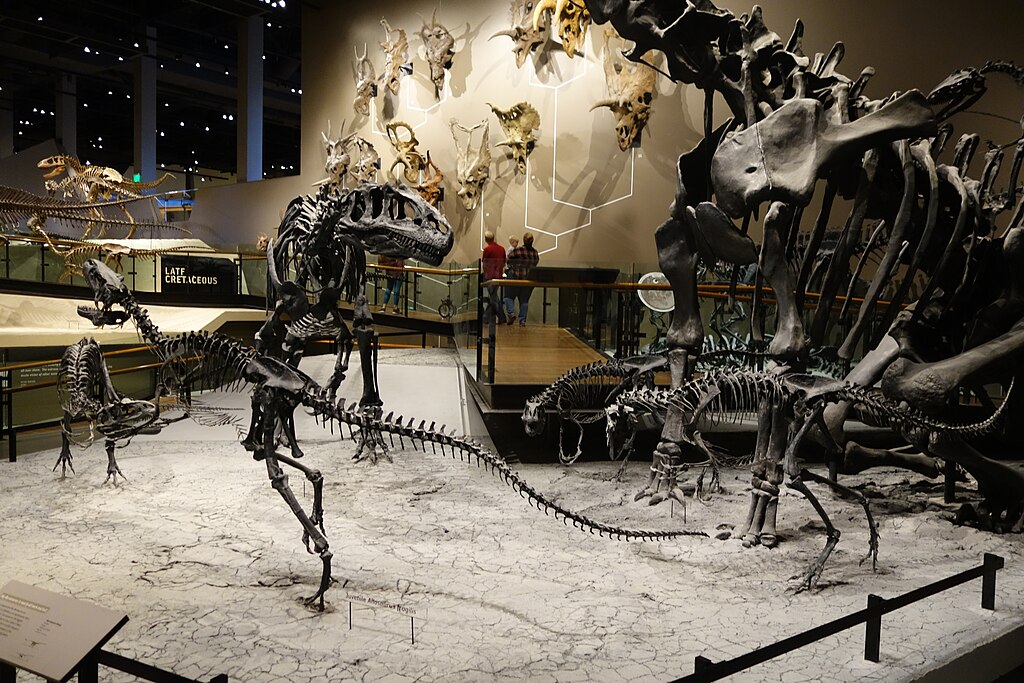The world’s most captivating dinosaur exhibits don’t materialize by accident—they represent the culmination of scientific expertise, artistic vision, and curatorial brilliance. Behind every awe-inspiring prehistoric display stands a dedicated curator who transforms fossil collections into immersive journeys through Earth’s distant past. These museum professionals blend rigorous paleontological accuracy with innovative storytelling techniques to create exhibits that educate and inspire millions of visitors annually. From pioneering early displays that first captured public imagination to cutting-edge modern exhibitions incorporating the latest scientific discoveries, these five remarkable curators have fundamentally shaped how we experience and understand dinosaurs today.
Barnum Brown: The Legendary Fossil Hunter Behind the American Museum of Natural History’s Dinosaur Halls

Barnum Brown, often called “Mr. Bones,” revolutionized dinosaur exhibits while serving as curator of fossil reptiles at the American Museum of Natural History (AMNH) from 1911 to 1960. His legendary field expeditions yielded the first documented Tyrannosaurus rex specimen in 1902, establishing him as history’s most prolific dinosaur collector. Brown’s curatorial genius lay in his understanding of how to display fossils dramatically—he pioneered realistic mounting techniques that showed dinosaurs as dynamic, biologically plausible creatures rather than static curiosities. The Fourth Floor dinosaur halls he developed became the template for natural history museums worldwide, setting new standards for both scientific accuracy and public engagement. Brown’s legacy endures in the AMNH’s current dinosaur exhibits, which maintain his vision of presenting paleontological discoveries in contexts that spark imagination while conveying scientific understanding.
Jack Horner: Transforming the Museum of the Rockies into a Paleontological Powerhouse

Jack Horner transformed the modest Museum of the Rockies in Bozeman, Montana into one of the world’s premier dinosaur institutions during his tenure as curator of paleontology from 1982 to 2016. Horner’s groundbreaking research on dinosaur growth, behavior, and reproduction directly informed his innovative approach to exhibits. He revolutionized T. rex displays by presenting growth series showing how these iconic predators changed from hatchling to adult, providing visitors unprecedented insights into dinosaur development. Horner’s “Siebel Dinosaur Complex” broke new ground by contextualizing Montana’s rich fossil heritage within comprehensive environmental reconstructions of the Cretaceous landscape. His commitment to showcasing specimens within their scientific context made complex paleontological concepts accessible to general audiences while maintaining rigorous accuracy. Horner also served as technical advisor for the Jurassic Park film franchise, bringing his curatorial perspective to Hollywood’s depictions of prehistoric life.
Xu Xing: Bringing China’s Feathered Dinosaur Revolution to the World

Xu Xing has fundamentally transformed our understanding of dinosaur evolution through his dual roles as both discoverer and curator of China’s extraordinary feathered dinosaur fossils. As curator at the Institute of Vertebrate Paleontology and Paleoanthropology in Beijing, Xu has described more new dinosaur species than any other living scientist, including the game-changing Yutyrannus, the largest known feathered dinosaur. His curatorial brilliance lies in contextualizing these revolutionary fossils within exhibits that clearly illustrate the dinosaur-bird evolutionary transition. Xu’s landmark traveling exhibition “Dinosaurs of China,” which toured globally between 2015 and 2020, showcased specimens never before seen outside China, including many holotypes that transformed our understanding of theropod evolution. His exhibit designs emphasize the scientific significance of feathered dinosaurs through interactive elements that allow visitors to trace specific evolutionary adaptations across multiple specimens. Xu’s curatorial approach balances meticulous scientific detail with accessible narratives that make complex evolutionary concepts comprehensible to general audiences.
Paul Sereno: Creating Innovative Exhibits from the Sahara’s Lost Worlds

Paul Sereno has revolutionized dinosaur exhibits through his unique combination of groundbreaking fieldwork and innovative display techniques. As curator and professor at the University of Chicago, Sereno has led expeditions across the Sahara that recovered dozens of new dinosaur species, including the sail-backed predator Spinosaurus and the massive long-necked Jobaria. His curatorial innovation lies in contextualizing these discoveries within compelling narratives about ancient African ecosystems and continental drift. Sereno’s “Africa’s Lost Worlds” exhibition, which debuted at Chicago’s Field Museum before touring internationally, broke new ground by presenting dinosaurs as components of complex ancient ecosystems rather than isolated specimens. His exhibit designs frequently incorporate multimedia elements that transport visitors to actual dig sites, showing how paleontologists interpret fossil evidence. Sereno pioneered the use of transparent display cases that allow visitors to view specimens from all angles, providing more comprehensive understanding of dinosaur anatomy. His commitment to public engagement extends beyond physical exhibits to digital platforms that make his discoveries accessible globally.
Angela Milner: Revolutionizing London’s Natural History Museum Dinosaur Gallery
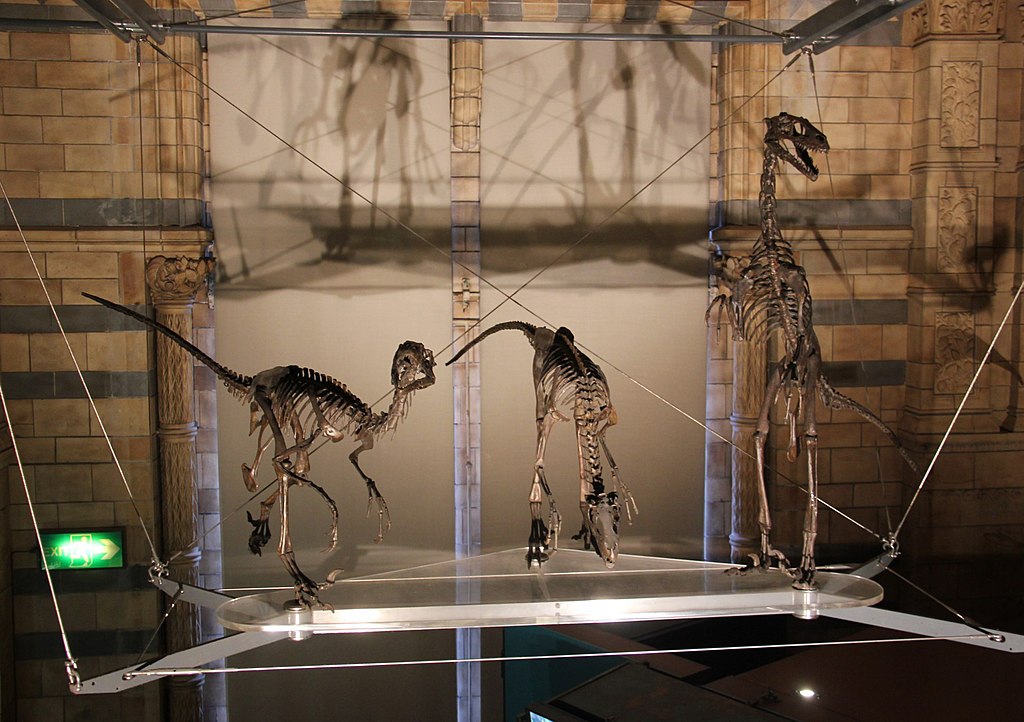
Angela Milner transformed the Natural History Museum in London’s approach to dinosaur exhibits during her tenure as Principal Curator of Fossil Vertebrates from 1990 to 2009. Her scientific expertise in theropod dinosaurs informed her revolutionary redesign of the museum’s dinosaur galleries, which moved beyond static skeletal mounts to create immersive environments that contextualized specimens within their ancient ecosystems. Milner’s landmark achievement was the creation of the museum’s “Dinosaurs” gallery, which opened in 1992 and featured groundbreaking animatronic specimens that demonstrated how these animals might have moved and behaved. Her innovative use of technology extended to incorporating cutting-edge CT scanning and 3D visualization techniques into exhibits, allowing visitors to explore dinosaur anatomy in unprecedented detail. Milner’s curatorial philosophy emphasized presenting multiple lines of evidence to show how paleontologists reach their conclusions about extinct life. Her commitment to scientific accuracy never compromised accessibility—her exhibits maintained rigorous standards while engaging visitors of all ages through thoughtful interpretive materials and interactive elements.
The Evolution of Dinosaur Exhibition Philosophy

Dinosaur exhibits have undergone a profound philosophical transformation over the past century, evolving from collections of curious bones to immersive journeys through prehistoric ecosystems. Early curators focused primarily on displaying complete skeletons as spectacular attractions, often with limited context about the animals’ biology or environment. Modern curators approach exhibitions as comprehensive educational experiences that integrate multiple scientific disciplines to create coherent narratives about ancient life. This evolution reflects broader shifts in museum practice toward visitor-centered design and constructivist learning approaches. Contemporary dinosaur exhibits typically incorporate elements of paleobiology, geology, climatology, and evolutionary biology to create multidimensional understanding. Digital technologies have further expanded curatorial possibilities, allowing for interactive elements that demonstrate concepts like dinosaur movement, growth, and ecological relationships. Today’s leading curators design exhibits as scientific stories that engage visitors emotionally while delivering substantial educational content, a significant departure from the cabinet-of-curiosities approach that characterized early dinosaur displays.
Technological Innovations in Dinosaur Exhibits
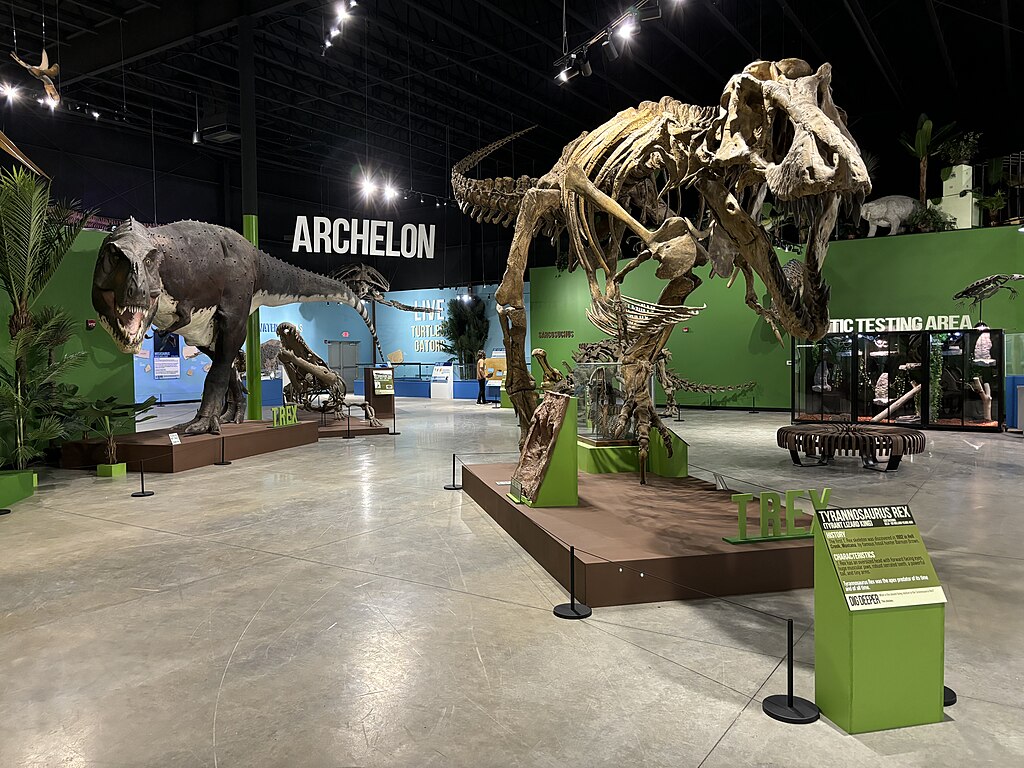
Revolutionary technologies have transformed how curators present dinosaurs to the public, creating increasingly immersive and scientifically accurate experiences. Digital modeling and 3D printing now allow curators to reproduce rare or fragile specimens with perfect accuracy, democratizing access to important fossils that were previously viewable only by specialists. Augmented reality overlays bring skeletal mounts to life, showing how muscles, skin, and other soft tissues might have appeared on living animals. Advanced animation techniques enable curators to demonstrate complex concepts like dinosaur locomotion or feeding behaviors through realistic simulations based on biomechanical research. CT scanning and laser surface scanning have revolutionized exhibit preparation by allowing curators to examine internal fossil structures without damaging specimens, revealing previously hidden anatomical details. Atmospheric techniques including specialized lighting, soundscapes, and climate control now recreate the sensory experience of Mesozoic environments. These technological advances have fundamentally altered the curatorial approach to dinosaur exhibits, shifting focus from displaying objects to creating comprehensive experiences that engage multiple senses and learning styles.
The Challenge of Scientific Accuracy Versus Public Appeal
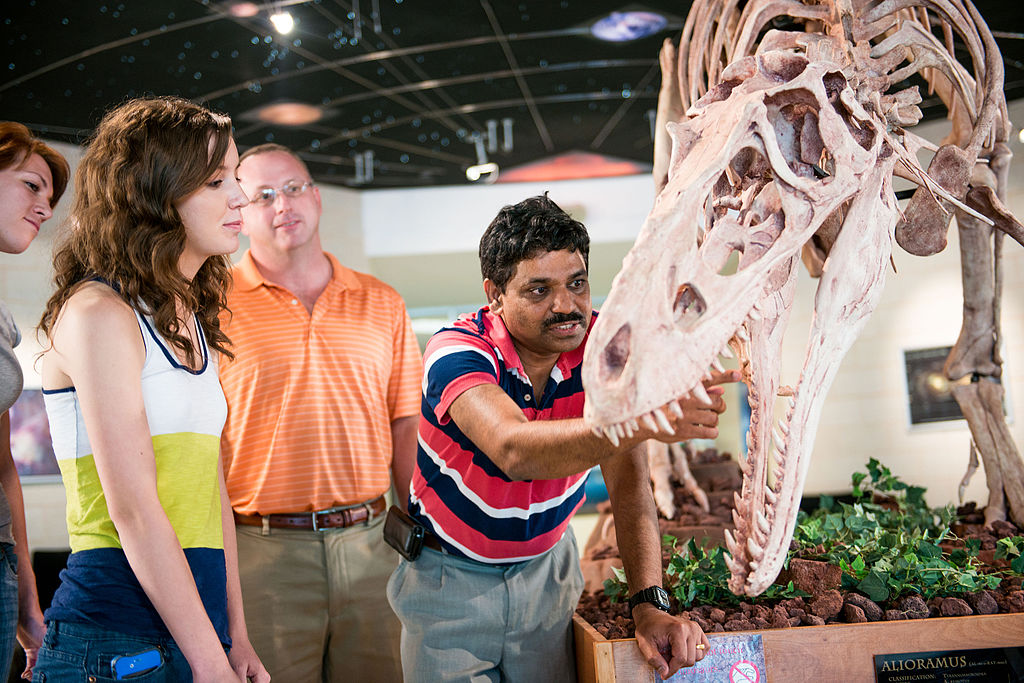
Successful dinosaur curators must continuously balance scientific rigor with public engagement, a challenge that requires both technical expertise and creative vision. While paleontological accuracy forms the foundation of credible exhibits, curators must translate complex scientific concepts into experiences that resonate with diverse audiences who may have limited scientific background. This balancing act becomes particularly challenging when new discoveries contradict popular perceptions of dinosaurs established through media representations. Curators often must decide whether to prioritize presenting the latest scientific understanding—such as feathered theropods—or meeting visitor expectations shaped by outdated but familiar depictions. The best curators navigate this tension by using visitors’ existing fascination with popular dinosaur imagery as entry points to introduce more accurate scientific concepts. They create layered exhibits that allow for different depths of engagement, satisfying both casual visitors seeking entertainment and enthusiasts desiring scientific detail. This approach recognizes that emotional connection often precedes intellectual curiosity, using spectacular displays to draw visitors into deeper learning experiences rather than viewing entertainment and education as competing priorities.
The Role of Narrative and Storytelling in Dinosaur Exhibitions
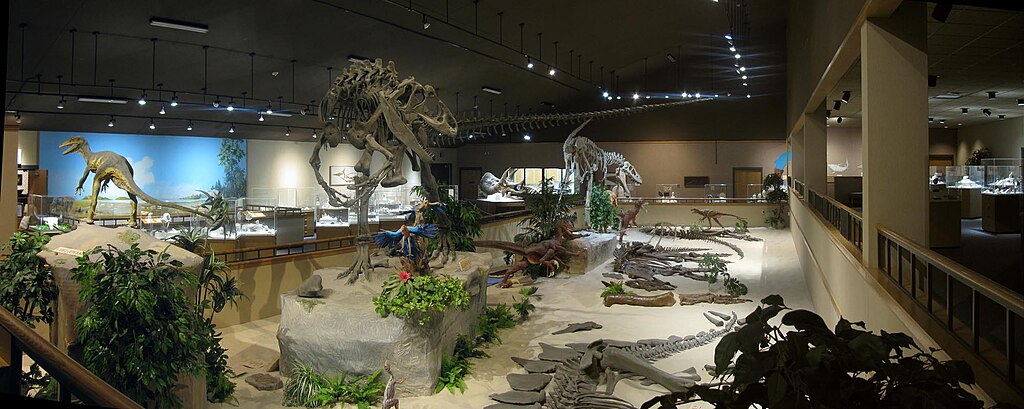
Master dinosaur curators employ sophisticated storytelling techniques to transform collections of fossils into compelling narratives that capture public imagination. Rather than presenting specimens as isolated objects, they create exhibition pathways that guide visitors through coherent stories—the evolution of flight from theropod dinosaurs, the progression of extinction events, or the day-to-day reality of life in Mesozoic ecosystems. These narrative frameworks provide crucial context that helps visitors understand relationships between specimens and grasp larger scientific concepts. Effective curatorial storytelling often incorporates elements of mystery and discovery, recreating the process through which paleontologists interpret fossil evidence to reach scientific conclusions. Many successful exhibits include reconstructed field sites or laboratory settings that show science as an active process of investigation rather than a static body of facts. The most innovative curators recognize that visitors themselves become part of the exhibition narrative, designing interactive elements that allow for personalized discovery experiences. This narrative approach transforms potentially overwhelming collections into meaningful experiences that visitors can relate to their existing understanding while expanding their conceptual frameworks.
Building International Collaborations for Dinosaur Exhibitions
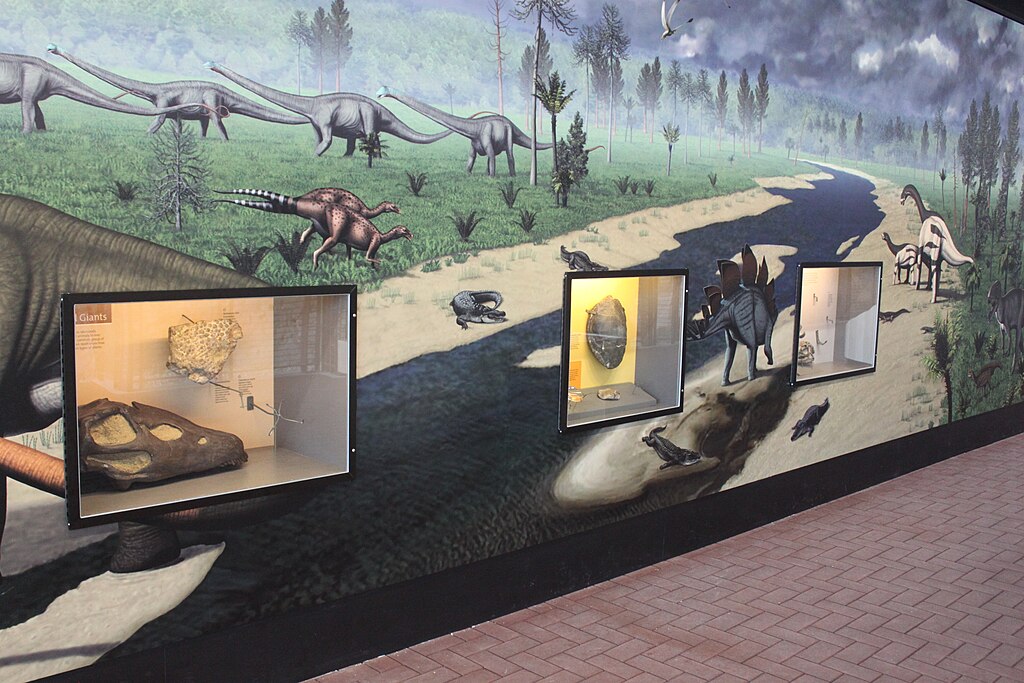
The most influential dinosaur curators have transcended institutional and national boundaries to create collaborative exhibitions that showcase specimens from multiple collections worldwide. These international partnerships have become increasingly important as significant discoveries emerge from previously unexplored regions in China, Argentina, Mongolia, and North Africa. Building successful cross-border exhibitions requires curators to navigate complex legal frameworks governing fossil ownership, export regulations, and cultural heritage laws that vary dramatically between countries. Beyond legal considerations, these collaborations demand diplomatic skills to reconcile different institutional priorities, scientific perspectives, and exhibition philosophies. Language barriers and varying conservation standards create additional challenges requiring careful negotiation. Despite these obstacles, international dinosaur exhibits offer unique scientific value by juxtaposing specimens rarely seen together, allowing direct comparison of evolutionary adaptations across different paleocontinental regions. For visitors, these collaborative exhibitions provide unprecedented opportunities to experience global dinosaur diversity beyond what any single institution could present. The logistical complexity of arranging specimen loans, coordinating conservation requirements, and developing cohesive multilingual interpretive materials makes these international dinosaur exhibitions among museology’s most challenging curatorial projects.
Educational Impact of Innovative Dinosaur Exhibits
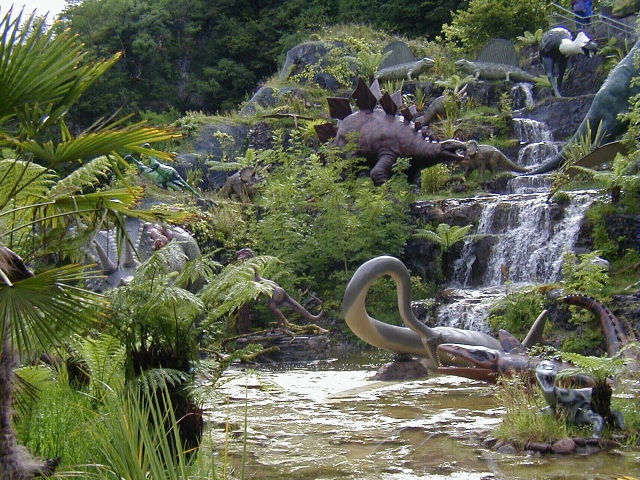
Groundbreaking dinosaur exhibits have profound educational impacts that extend far beyond museum walls, influencing how entire generations understand prehistoric life and evolutionary concepts. Visitor studies consistently show that well-designed dinosaur galleries significantly increase public understanding of geological time scales, extinction processes, and evolutionary biology. These exhibits serve as powerful gateways to science education, often providing children’s first meaningful exposure to concepts like adaptation, biodiversity, and climate change through the compelling medium of dinosaur examples. The educational influence extends to formal education, with many innovative curators developing curriculum-aligned materials that teachers use to prepare for museum visits or extend learning afterward. Digital extensions of physical exhibits, including virtual tours and online learning resources, further amplify educational reach by serving audiences unable to visit in person. Perhaps most significantly, transformative dinosaur exhibits often inspire career paths in science—numerous leading paleontologists cite childhood museum visits as formative experiences that sparked their scientific vocations. This educational cascade effect represents one of the most enduring legacies of exceptional dinosaur curation, creating scientific literacy that influences public understanding decades after exhibit visits.
Representing Diversity in Paleontology Through Exhibition Design

Progressive dinosaur curators increasingly recognize the importance of representing diverse perspectives and contributions within their exhibitions. This includes acknowledging indigenous knowledge systems and their historical contributions to fossil discovery, particularly in regions like the American West, Australia, and Mongolia where local communities have long-standing relationships with fossil-bearing landscapes. Forward-thinking curators now incorporate multiple cultural perspectives on fossils, recognizing that many indigenous cultures developed sophisticated interpretations of fossil evidence long before Western scientific traditions. Exhibition design choices also increasingly highlight contributions from underrepresented groups in paleontology, showcasing women and scientists of color whose work has transformed our understanding of dinosaurs. This representational approach extends to staffing decisions, with diverse curatorial teams bringing varied perspectives to exhibition development. Some institutions have revised outdated dioramas that contained problematic cultural representations, particularly those depicting indigenous peoples alongside dinosaurs in scientifically inaccurate ways. These curatorial choices reflect growing understanding that inclusive exhibition practices not only correct historical imbalances but also create more scientifically comprehensive presentations of how paleontological knowledge develops through diverse contributions.
The Future of Dinosaur Curation: Emerging Trends and Innovations

The next generation of dinosaur curators is pioneering approaches that will redefine prehistoric exhibitions in coming decades. Sustainability considerations are increasingly central, with curators developing lightweight replica technologies that reduce the environmental impact of touring exhibitions while preserving fragile original specimens. Participatory curation models invite public contributions to exhibition development, particularly from communities near significant fossil sites who bring valuable local knowledge. Virtual and augmented reality technologies are enabling “impossible exhibits” that reconstruct complete prehistoric ecosystems at full scale or demonstrate biological processes impossible to show with physical specimens alone. Several leading institutions are exploring bioethical frameworks for exhibiting extinct species, particularly as de-extinction technologies advance. Citizen science components are becoming standard features, with exhibits incorporating opportunities for visitors to contribute to actual paleontological research through data collection or analysis activities. Personalization technologies allow exhibitions to adapt to individual visitors’ interests and background knowledge, providing customized experiences rather than one-size-fits-all presentations. Perhaps most significantly, emerging curatorial approaches increasingly frame dinosaur extinction as directly relevant to current biodiversity crises, using prehistoric examples to illuminate contemporary environmental challenges and potential solutions.
Conclusion: The Lasting Legacy of Visionary Dinosaur Curators
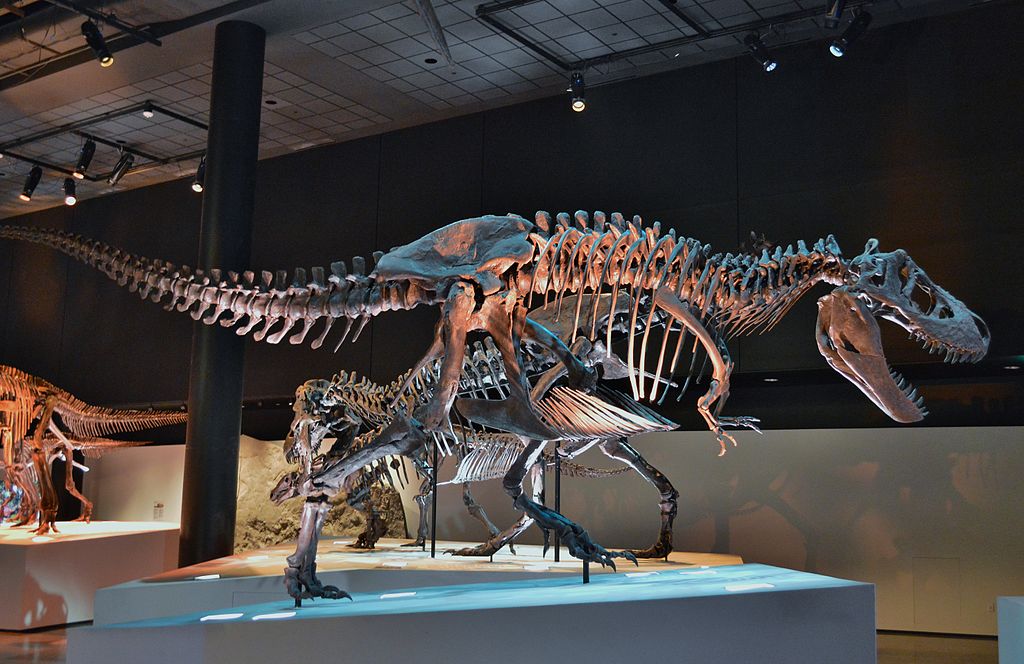
The extraordinary curators who have created the world’s most impactful dinosaur exhibits leave legacies that extend far beyond museum galleries. Their work has fundamentally shaped public understanding of Earth’s history, evolutionary processes, and scientific methodology. Through their curatorial vision, abstract concepts like deep time and extinction become tangible realities that visitors can emotionally connect with and intellectually comprehend. These curators serve as crucial bridges between specialized scientific knowledge and public understanding, translating complex paleontological discoveries into experiences accessible to visitors of all backgrounds. Their exhibitions have inspired countless scientific careers, sparked public support for paleontological research, and cultivated scientific literacy across generations. As museums continue evolving in the digital age, the foundational approaches established by these pioneering curators provide valuable frameworks for future innovation. Their collective legacy reminds us that exceptional museum experiences require both rigorous scientific foundation and creative vision—the ability to remain faithful to evidence while igniting imagination about worlds long vanished but still profoundly relevant to understanding our planet’s past, present, and future.



